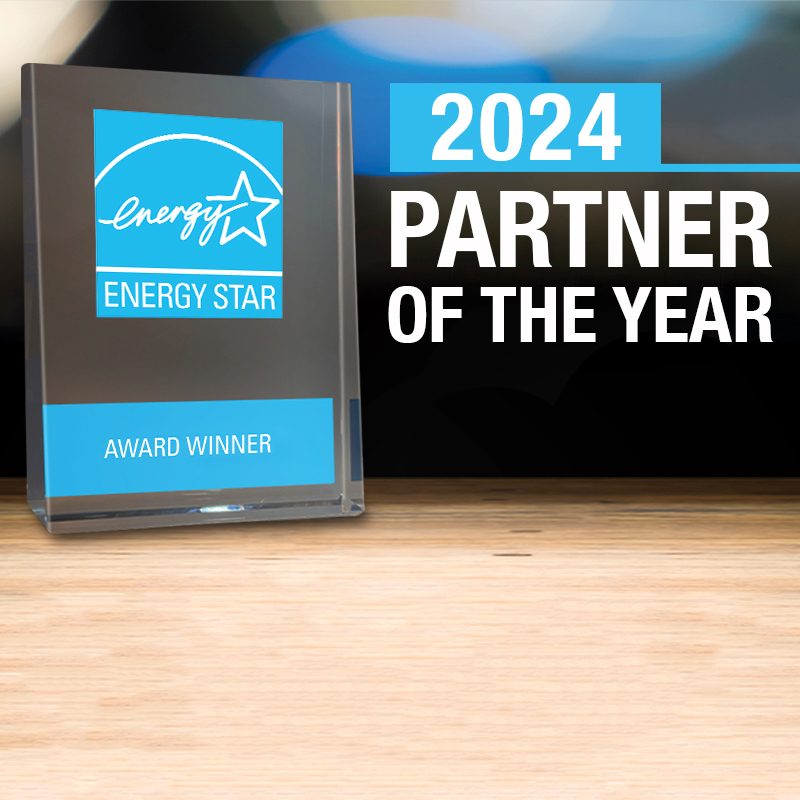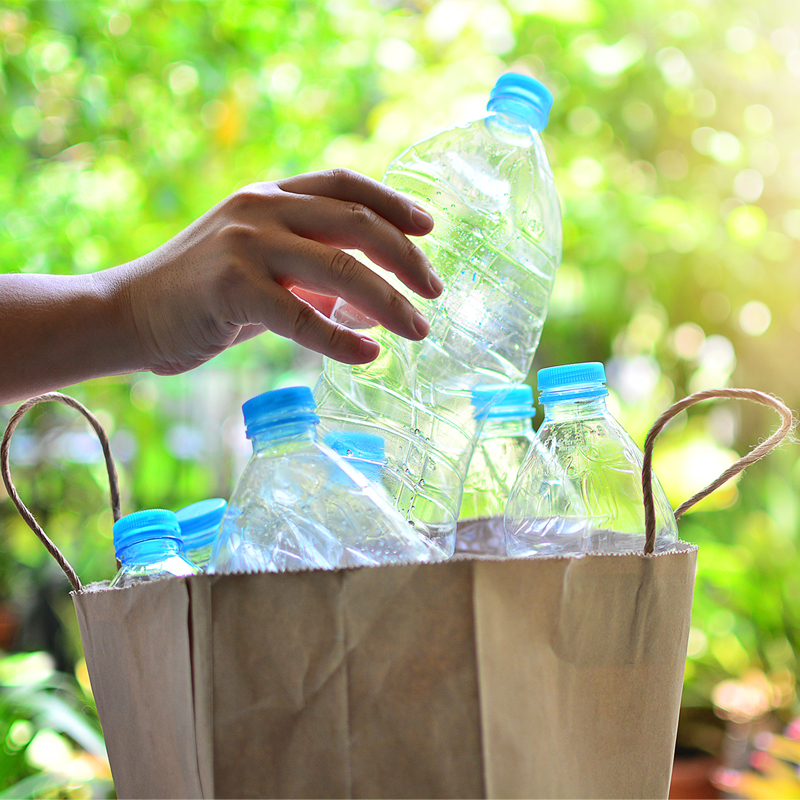With colorful packaging and idyllic names, the Method brand stands out in Home Depot’s aisles. But, most notably, the Method brand is unique for its sustainable business practices.
Before Method established their product line, they drew a hard line in the sand to define their business practices. Effecting environmental and social change is integral to the company’s foundation and how they operate.
“The concept is and has always been to use the business for good,” says Saskia van Gendt, a member of Method’s Sustainability Team. “We feel the best way to have a positive impact on the environment and the community is through our company, the products we make and how we make them. It goes beyond soap in a bottle.”
Saskia, whose title is “Captain Planet” (employees get to choose their own job name, as part of the Method-ology business model), spent six months in Chicago helping coordinate the opening of the company’s South Side Soapbox—a factory that prides itself on setting new standards for clean manufacturing.
A Product that Pushes the Boundaries
At Method’s inception, green cleaning products already existed, but the company’s co-founders felt they could be better. “Eco-friendly products were out there, but they were expensive. They didn’t work well and they didn’t have a design component,” shares Saskia. “The elements we introduced with Method were very disruptive at the time.”
A good product deserves good packaging, reflecting Method’s central theme of doing good. Bottles are made from either 50% or 100% recycled plastic, and they can—in turn—be recycled. The company even makes refill products in pouches that save plastic, water and energy.
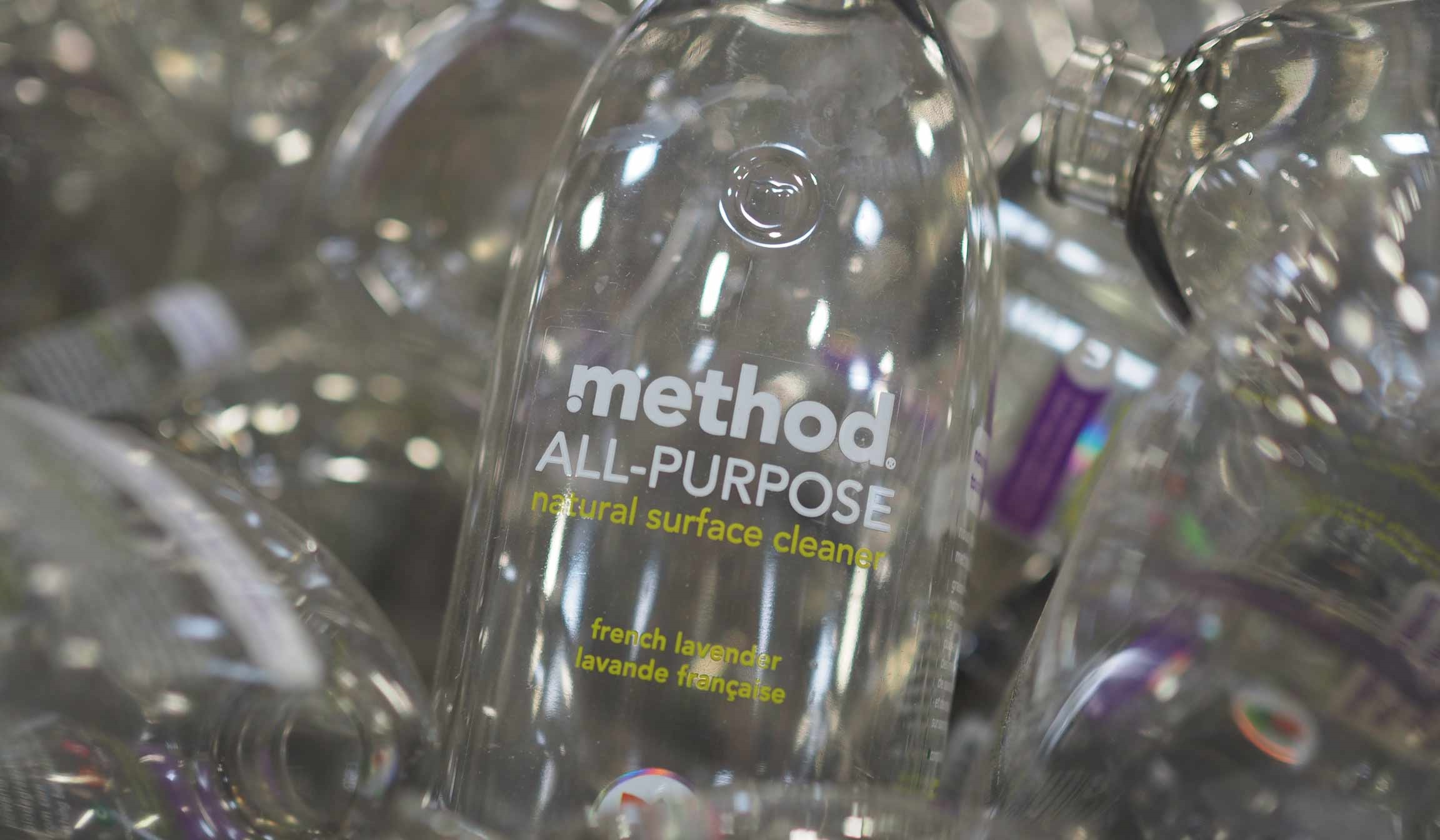
An Unlikely Manufacturing Space
The LEED-platinum certified plant is a first of its kind in the industry. “Most LEED-certified spaces are office buildings,” explains Saskia. It’s a lot more challenging to meet the criteria in a manufacturing environment. “The decision to make the factory LEED-platinum certified really guided us from the beginning. It created the framework and the buy-in that shaped the project moving forward.”
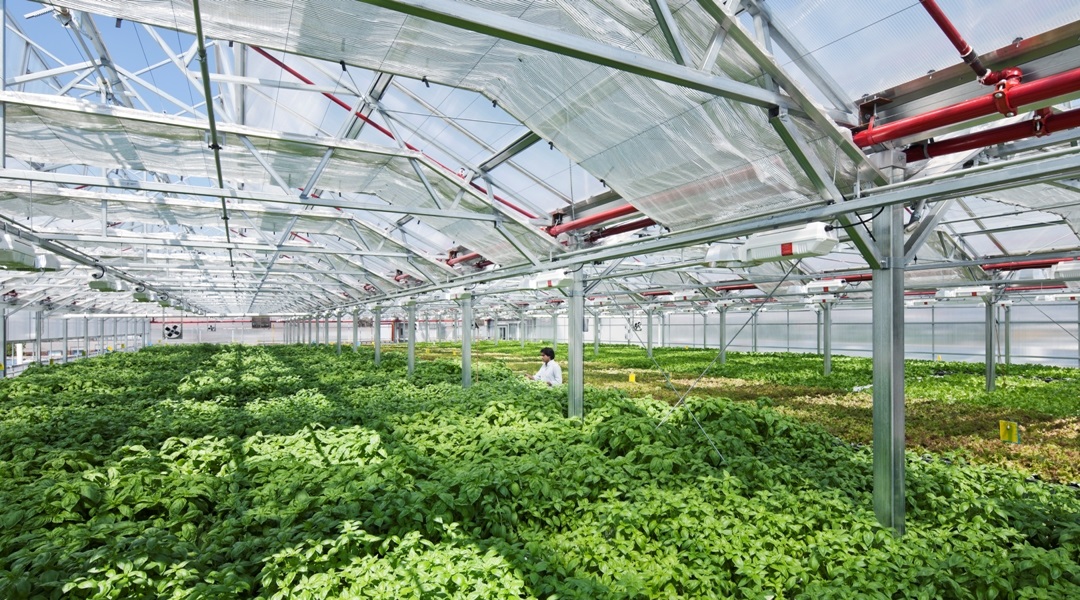
Alternative Energy Onsite
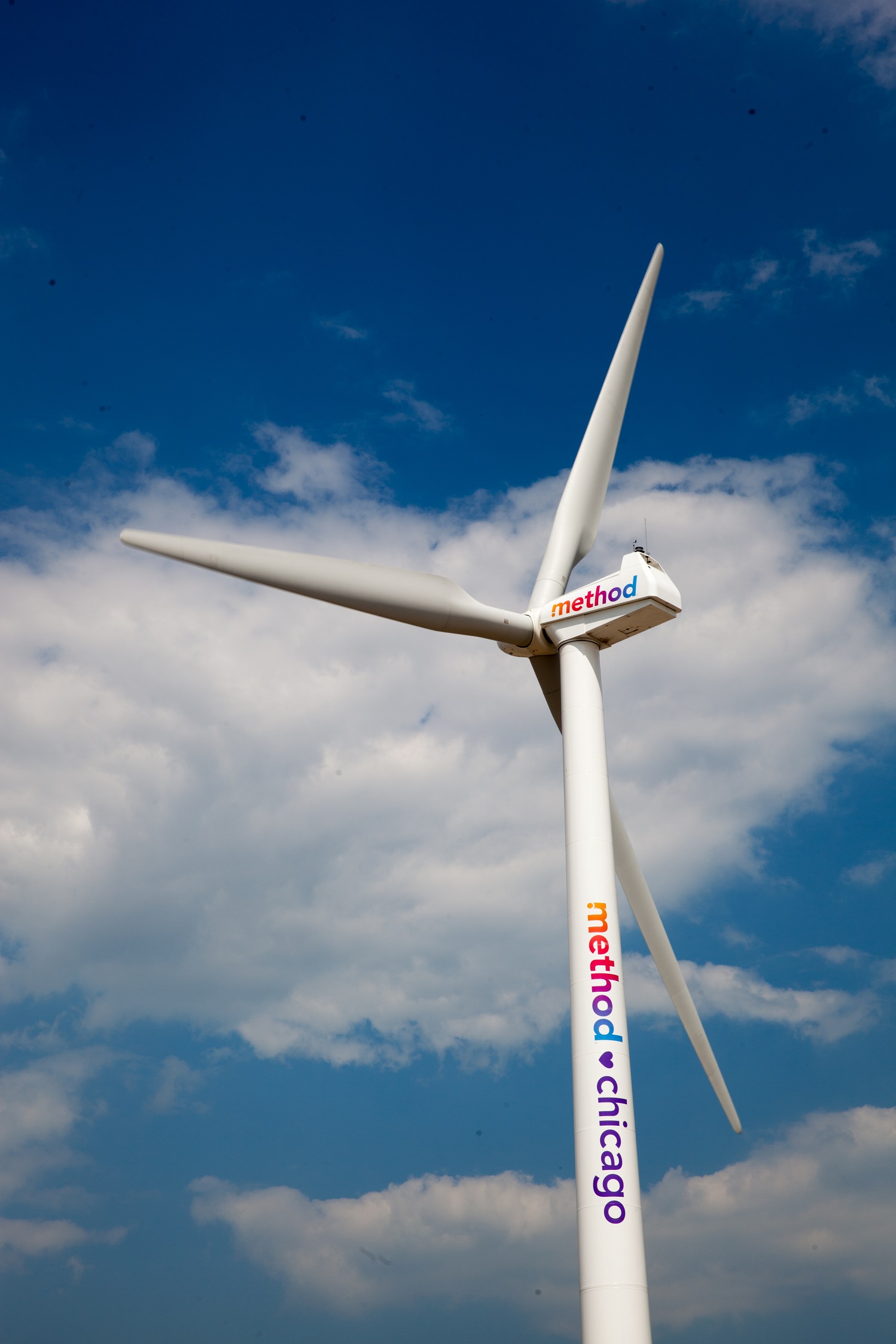 In an effort to be as energy-efficient as possible, Method installed a 230-foot, 600 kW wind turbine and three solar trees at the Chicago facility. “The two balance each other out and provide a consistent amount of energy year-round,” notes Saskia. “We see more wind in the winter and more sun during the warmer months.” Method expects that the energy generated from the turbine alone will supply about half of the factory’s energy.
In an effort to be as energy-efficient as possible, Method installed a 230-foot, 600 kW wind turbine and three solar trees at the Chicago facility. “The two balance each other out and provide a consistent amount of energy year-round,” notes Saskia. “We see more wind in the winter and more sun during the warmer months.” Method expects that the energy generated from the turbine alone will supply about half of the factory’s energy.
Leaving no space left unutilized, Method worked with Gotham Greens to turn the plant’s roof into a 75,000-square-foot greenhouse—the world’s largest rooftop greenhouse, according to Saskia. While the growing space provides 500 tons of produce for the local community, there’s another unlikely benefit: The green roof acts as an insulation buffer, minimizing heating and cooling requirements for the factory.
Method in the Orange Aisles
Home Depot is no stranger to renewable energy. The company has off-site developments that utilize wind and solar technologies in the Northeast and Midwest. It’s also working to manage its stores’ energy footprint, constantly finding new ways to lessen its  .
.
“The way you can be most effective on creating environmental change is through your stores and through the products you have at the stores,” believes Saskia. “This is something that Method and Home Depot have in common.” Providing products that don’t ask the consumer to make a compromise, in price or in quality, makes it easier for them to switch to green cleaning.
Method hopes their approach to cleaning and personal care products has inched the category along as a whole. “We want to challenge the boundaries of what it means to be a responsible business.”






